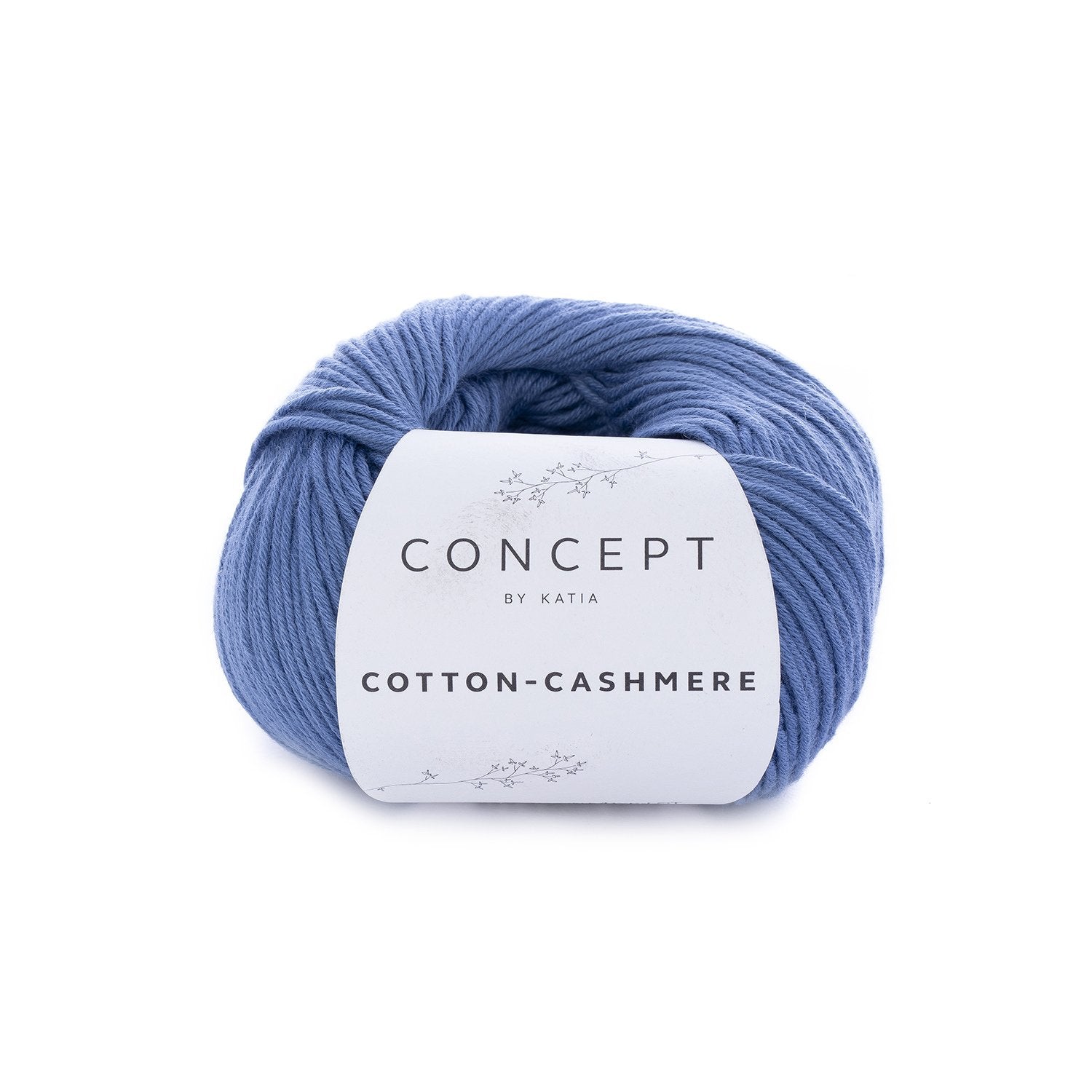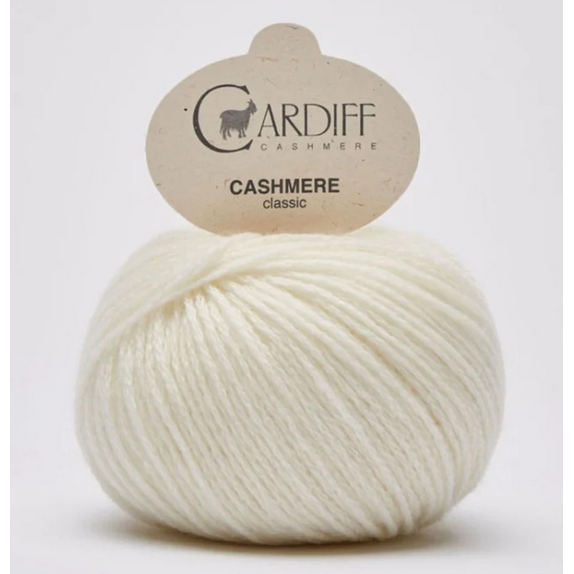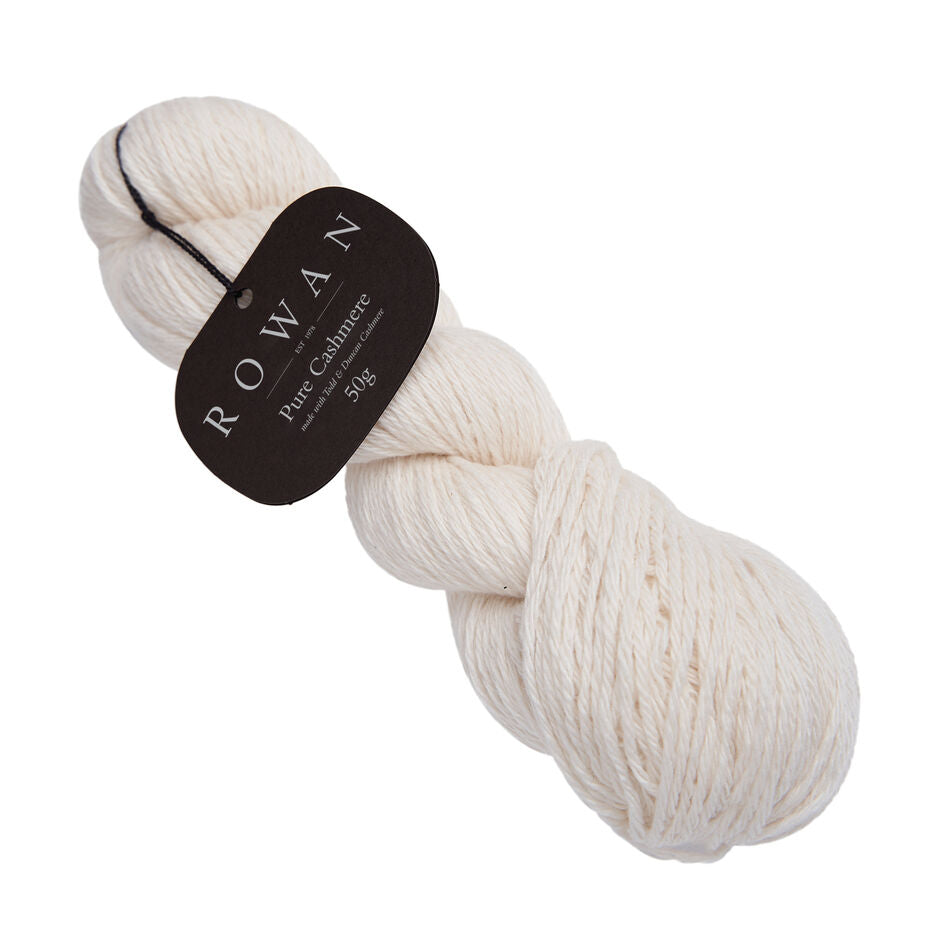Understanding the Special Qualities of cashmere fibre for Ultimate Comfort
Understanding the Special Qualities of cashmere fibre for Ultimate Comfort
Blog Article
Recognizing the Different Kinds of Cashmere an All-natural Fiber and Their Special Benefits

The Beginnings of Cashmere: A Historic Review
While the elegant touch of cashmere proceeds to beauty modern consumers, its beginnings map back to the severe, cool climates of Mongolia and the Himalayas. For centuries, the native individuals of these regions have been elevating Capra Hircus goats, the prime source of cashmere woollen. These goats, resilient versus the severe wintertimes, expanded a fine undercoat to make it through, which later on ended up being referred to as cashmere. The name itself pays homage to Kashmir, a region in India where the woollen was originally refined. Much of the early cashmere trade path was promoted by the Silk Road, linking Asia with the Middle East and Europe. Regardless of its international spread, the finest cashmere is still thought to originate from the original regions of Mongolia and the Himalayas.

The Production Refine: From Goat to Garment
Shearing a Capra Hircus goat marks the creation of the complex cashmere manufacturing procedure. The resultant raw cashmere is after that washed to remove impurities such as veggie, dust, and grease matter.
The tidy fiber is subjected to coloring, spinning, and weaving, or knitting, to change it into a textile. Complex procedures such as high quality control checks and completing procedures follow, ensuring the end item preserves the glamorous requirement expected of cashmere. This painstaking process, from goat to garment, warrants the high price connected to cashmere items, making them a symbol of deluxe and refinement.
The Different Sorts Of Cashmere: An In-depth Evaluation

The Special Advantages of Cashmere: Comfort and Sustainability
Moving from the selection of cashmere why not look here kinds to the advantages they use, comfort and sustainability stand out plainly. Cashmere, an all-natural fiber, is renowned for its exceptional soft qualities, supplying a degree of convenience that artificial fibers can not match. The product's agility, yet impressive warmth retention, makes it optimal for all periods. Cashmere's natural elasticity permits it to return to its initial form, making it immune to diminishing or stretching.
When it involves sustainability, cashmere is eco-friendly and eco-friendly, as it's gathered from cashmere goats who regrow their layers each year. what is cashmere. Unlike artificial fibers discover this info here which can take hundreds of years to decompose, cashmere's effect on the atmosphere is minimal. This combination of comfort and sustainability makes cashmere an advantageous option for conscious customers

Taking Care Of Your Cashmere: Upkeep and Preservation Tips
While cashmere is unquestionably a lavish and sustainable option, it calls for details care to maintain its quality and extend its life expectancy. To begin, cashmere must be hand cleaned making use of cool water and a mild detergent. Cashmere items should be stored in a completely dry and trendy area, away from direct sunlight and dampness.
Purchasing Cashmere: Understanding Its Value and Well Worth
Although cashmere might originally appear like a pricey financial investment, its lasting worth and worth ended up being apparent when you consider its amazing high qualities. Known for its unequaled gentleness and warmth, cashmere is a premium natural fiber that surpasses other materials. Its high need and restricted supply add to its high cost, but its sturdiness ensures it lasts for many years, providing outstanding value for cash. Cashmere pieces are timeless, often becoming antiques passed down through generations. what is cashmere. Its all-natural protecting homes provide heat without the bulk of artificial fibers. Buying cashmere, therefore, is not nearly current style trends, however regarding welcoming a sustainable, durable, and lavish way of life.
Conclusion
In summary, the type of cashmere one chooses, be it Mongolian, Chinese, or Italian, is determined by specific choices for heat, budget, sustainability, and luxury. Recognizing the beginnings, manufacturing process, and distinct benefits of various types of cashmere can direct consumers in their investment in this luxurious all-natural fiber.
Whether it's the remarkable heat of Mongolian cashmere, the cost of Chinese cashmere, or the eco-conscious production of Italian cashmere, there's a tale to be uncovered behind each fiber type. Cashmere, an all-natural fiber, is renowned for its unrivaled soft qualities, offering a level of convenience that synthetic fibers can not match.When it comes to sustainability, cashmere is renewable and eco-friendly, as it's gathered from cashmere goats who regrow their layers yearly. Known for its unmatched gentleness and heat, cashmere is a premium all-natural fiber that outshines other products. Recognizing the beginnings, manufacturing procedure, and special benefits web of different kinds of cashmere can lead consumers in their investment in this luxurious natural fiber.
Report this page